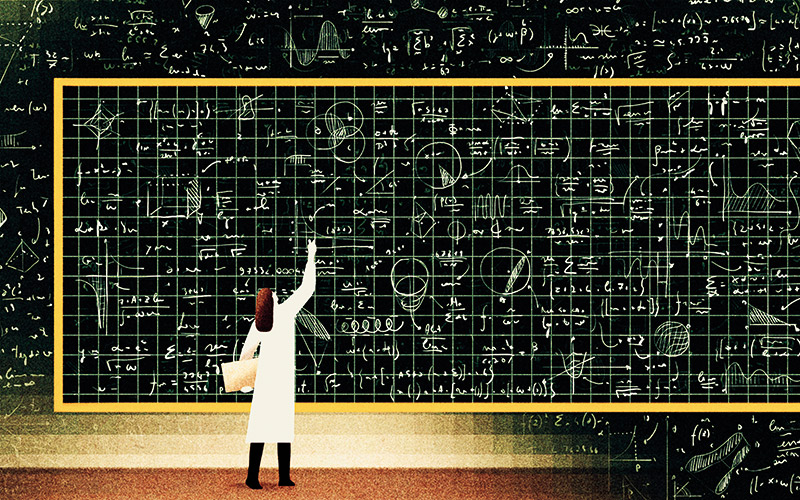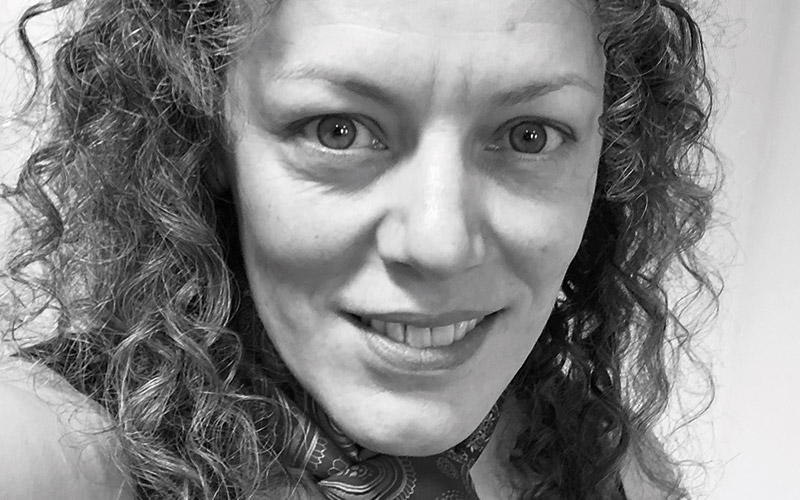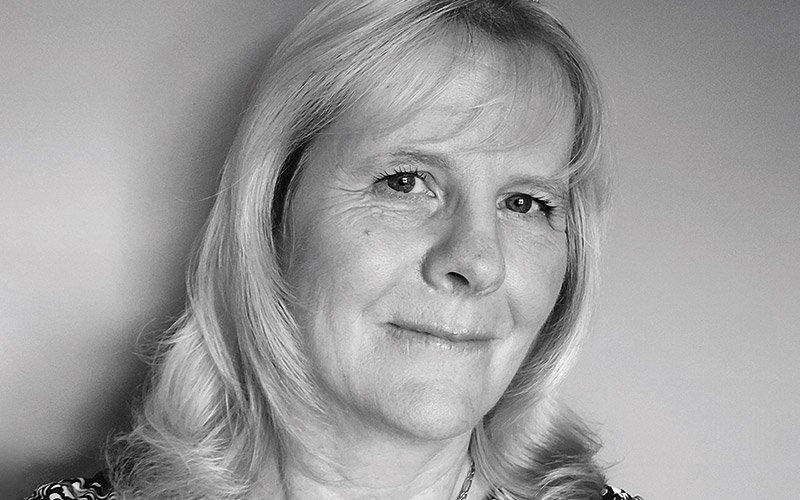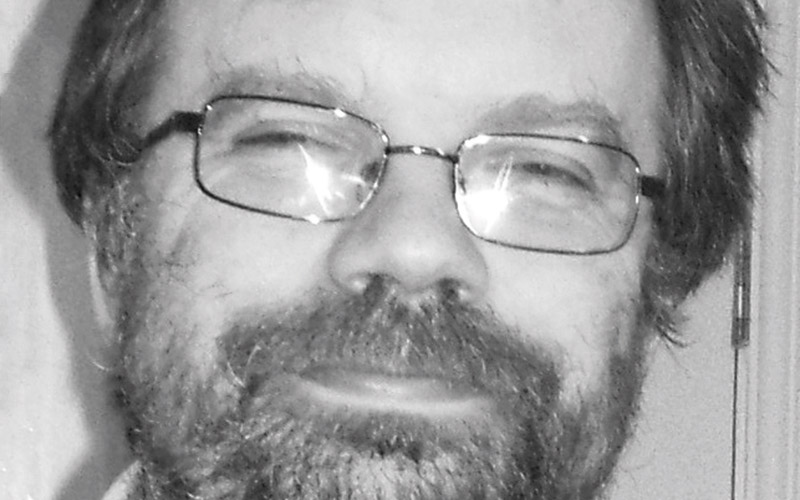This month we ask “Should specialist biomedical scientists be redefined?”

Donna Torrance

Head of Learning and Development
IBMS
I guess the first consideration is: “What is the definition of a specialist biomedical scientist, and has this changed?”
I am not convinced that specialist biomedical scientists have changed significantly since I started in the profession. What strikes me looking at current specialist biomedical scientist job descriptions (JDs) compared to old BMS1 JDs, isn’t changes in expectations, but the addition of more definition and detail of the role within the JD.
As a BMS1 in the early 2000s I participated in the research required to bring new methods into the laboratory, I wrote SOPs, dealt with troubleshooting and quality issues, validated results, communicated with clinicians, trained new staff and did pretty much what is expected of specialist biomedical scientists now. The biggest difference between then and now is the detailed paperwork currently associated with the role that is so time consuming.
Specialists in different laboratories might have different emphases on their roles, according to the pressures on the laboratory, but they are still expected to be able to fulfil the same roles.
The biggest impact on specialist roles is changes within NHS and pathology landscapes. However, I believe the job role has the same expectations as yesteryear, only influenced by new technologies and a more regulated, evidence-based, document-driven environment. While the laboratory environment is everchanging,
I don’t believe it has yet changed the key definition of a specialist.
Tracey de Haro

Specialist Scientific Lead for Electron Microscopy
University Hospitals of Leicester
The past 10 years has seen quite a positive change in scientist roles within cellular pathology. Biomedical scientist cut-up and the associated qualification structure continues to be embraced by scientists and pathologists alike and has proven to be invaluable. Biomedical scientist reporting is growing in strength and has broken through the glass ceiling between pathologists and scientists. There are developing roles within non-gynae cytology, electron microscopy and in areas of immunofluorescence and in-situ hybridisation where scientists are able to provide results and opinions at a higher level than ever before.
The roles within specialist areas of cellular pathology are also changing. With the advances in genomics and molecular testing there is a crossover and merging of boundaries with molecular genetics departments and cellular pathology. This should bring an opportunity for the roles of the two areas to combine. Merging the knowledge of molecular technology with that of tissue morphology could allow an exciting new role to develop in a joined-up molecular/cellular pathology department. There is an urgent need for scientists with skills and knowledge in both areas to develop and harmonise a combined service such as this.
New roles are developing in areas that at one time would be off limits to biomedical scientists – should specialist biomedical scientists be redefined? Yes, they should – and in many ways they already are!
Nigel Brown

Consultant Clinical Scientist
Wansbeck General Hospital
In my view, there will always be the need for specialists covering all the areas of laboratory medicine and all will need to understand the science (theoretical and practical) behind their role in the laboratory.
Our current specialities (cellular pathology, clinical chemistry, cytopathology, haematology, immunology, medical microbiology, transfusion science and virology) will all cover elements of emerging technologies – genetics, IT and point-of-care testing, for example.
There is perhaps a role for specialists in genetics who understand the area fully and can therefore use these techniques in all the traditional specialities and provide leadership to their colleagues in the traditional specialities as molecular techniques move into “their” area.
There is a clear and growing role for IT specialists – not just in those who understand the latest version of the LIMS system, but those who understand “big data” and are adept at handling the vast amounts of data generated by pathology to devise new algorithms for the detection and monitoring of disease.
Finally, point-of-care testing continues to grow and there is a clear need for well-trained scientists who can work across the traditional disciplines to ensure these technologies are used correctly in all healthcare settings. This of course means they need to operate outside the traditional acute hospital settings in primary care hubs and mental health trusts, for example.
Image credit | IKON




